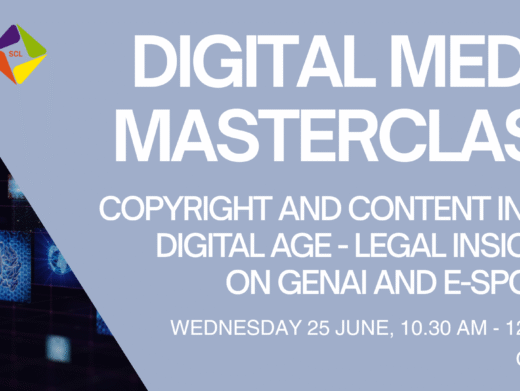In Attorney-General v Associated Newspapers Ltd and News Group Newspapers Ltd [2011] EWHC 418 (Admin), the Administrative Court had to make the first ruling in England and Wales on whether a publication on the online news websites of two national newspapers, the Daily Mail and the Sun, amounted to a contempt of court for the purposes of the Contempt of Court Act 1981.
The case was a notorious murder trial at Sheffield Crown Court, in which the defence was self-defence. As is usual in a criminal case, the main press interest centred on the prosecution opening which began on 3 November 2009. At 5.04 pm on that day, the Mail Online published an article about the case, accompanied by a picture of the defendant holding a pistol in his right hand with his index finger on the trigger whilst he indicated firing a handgun with his left hand. Under the picture was the caption: ‘Drink-fuelled attack: Ryan Ward was seen boasting about the incident on CCTV’. The picture remained on Mail Online for 4 hours and 54 minutes, when it was removed at 9.58 pm, having been spotted by the journalist responsible for the story (who had always made it clear that the picture should not have been used in that way).
In the early hours of the next morning, the Sun published a similar compromising picture. Although the picture was carefully cropped for newspaper publication so as to exclude the defendant’s left hand and any view of the gun, when the picture was cropped for publication online the barrel, of the gun was visible. The picture remained online until the officer in the case contacted the Sun’s news desk and requested its removal. It was removed ten minutes after the request at 8.50 p.m.
It was accepted that both alleged contempts arose through negligence and that policies had been put in place to greatly reduce the chances of a recurrence. However, a strict liability rule applies to publications in case of contempt and the focus of the case was on whether the publications created a substantial risk that the course of justice would be seriously impeded or prejudiced in accordance with the Contempt of Court Act 1981, s 2(2). The Court therefore devoted some attention to issues of access to the web sites, with the number of unique visitors located in Sheffield, the positioning of links to the articles and the length of time for which the photographs were visible all being taken into account. The newspapers also submitted that the fact that the judge had warned jurors not to consult the Internet was highly relevant. Moses LJ, giving the lead judgment, makes a clear distinction (at [32]-[34]) between researching elements of the case on the Internet and reading news reports online – the latter being permissible (just as there is no question of barring jurors from reading news reports during a trial).
The Court formed the conclusion that both defendant newspapers were guilty of contempt, notwithstanding that the offending publications arose from a mistake. The dangers of online news, and the additional duties that all reporting media have to take on board, were alluded to by Moses LJ at [54]:
The criminal courts have been troubled by the dangers to the integrity and fairness of a criminal trial, where juries can obtain such easy access to the internet and to other forms of instant communication. Once information is published on the internet, it is difficult if not impossible completely to remove it. Harvey J in New Zealand described the “viral nature” of information on the internet (Police v PIK and Others Manuku Youth Court, 25 August 2008, cited in Trying Times: The Right to a Fair Trial in the Changing Media Environment, Elvidge, University of Otago dissertation, October 2008). Whilst in this case we have not been satisfied that a juror could have been told about the photograph by someone who had obtained access to the article through ‘Twitter’ or by registration to receive an ‘RSS feed’, the ability to obtain news by such means must be acknowledged. There are those who rely upon research to doubt whether juries obey the prohibition not to search the internet (Are Juries Fair? Professor Cheryl Thomas, Ministry of Justice Research series 1/10, published February 2010). The courts, while trusting a jury to obey a prohibition on consulting the internet, have been concerned to meet the problem. This case demonstrates the need to recognise that instant news requires instant and effective protection for the integrity of a criminal trial.




